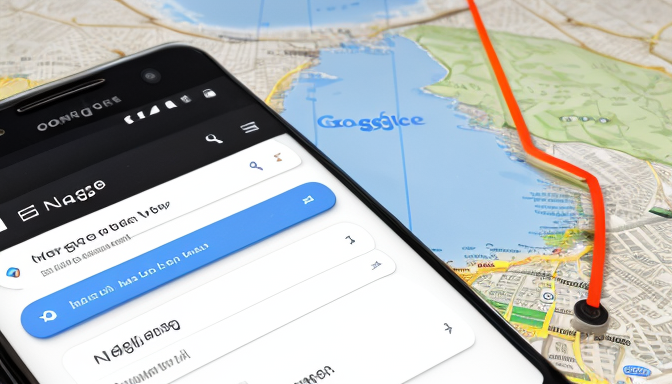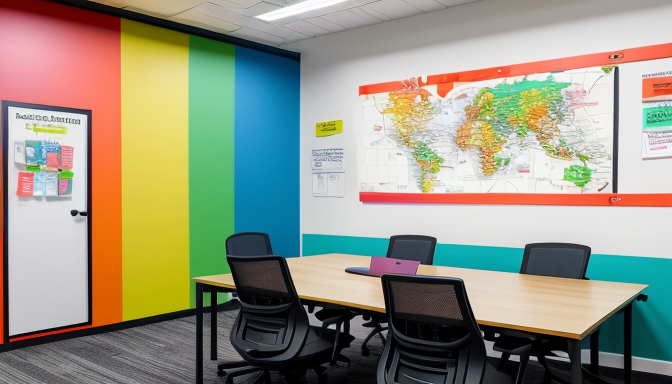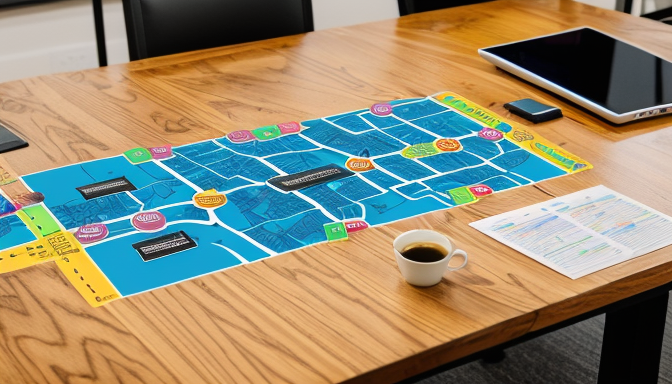
Google Maps Q&A Effectively
In today’s digital age, customer interaction is key to business success. One powerful tool at your disposal is Maps Q&A. But how can you use it effectively? This article explores strategies to enhance your engagement on Maps Q&A, focusing on prompt responses, optimization techniques, interaction encouragement, and monitoring engagement to improve customer satisfaction and visibility. Let’s dive in!
Imagine you’re at a restaurant. You have a question about the menu, but the staff is nowhere to be found. Frustrating, right? The same goes for your customers on Maps Q&A. Timely responses to inquiries can significantly enhance user experience and trust. When you reply quickly, it shows you care. It’s like saying, “Hey, I’m here for you!”
So, how can you manage your response times effectively? Here are a few tips:
- Set Notifications: Enable alerts to get notified when a question comes in.
- Allocate Time: Dedicate specific times each day to check and respond to questions.
- Use Templates: Create template responses for common questions to save time.
By answering promptly, you not only improve customer satisfaction but also boost your visibility on Maps. It’s a win-win!
Now, let’s talk about crafting those responses. A well-structured answer can make your Maps Q&A shine. Think of it as a conversation. You wouldn’t mumble or ramble when chatting with a friend, right? The same goes for your responses. They should be clear, concise, and informative.
Here are some strategies for optimizing your answers:
- Be Direct: Get to the point quickly. Customers appreciate brevity.
- Provide Details: Include relevant information that helps the customer make a decision.
- Use Keywords: Incorporate keywords related to your business to improve searchability.
For example, if someone asks about your restaurant’s vegan options, don’t just say, “Yes, we have vegan food.” Instead, say, “Yes! We offer a delicious vegan burger and a variety of salads.” This not only answers the question but also entices the customer to visit.
Engagement is the heartbeat of any community. Fostering a two-way communication channel on Maps Q&A can significantly boost interaction. But how do you encourage users to ask questions? It’s simpler than you think.
Here are some effective methods:
- Ask for Feedback: Regularly prompt customers to ask questions or leave comments.
- Showcase Answers: Highlight popular questions and answers to spark interest.
- Be Approachable: Use a friendly tone that invites conversation.
By promoting a vibrant community, you not only engage your customers but also create a loyal following. Remember, Maps Q&A isn’t just a tool; it’s a platform for building relationships.
In conclusion, using Maps Q&A effectively is all about engagement. Answering promptly, optimizing your responses, and encouraging interaction can significantly enhance your business visibility and customer satisfaction. So, roll up your sleeves and start making the most of this powerful tool today!
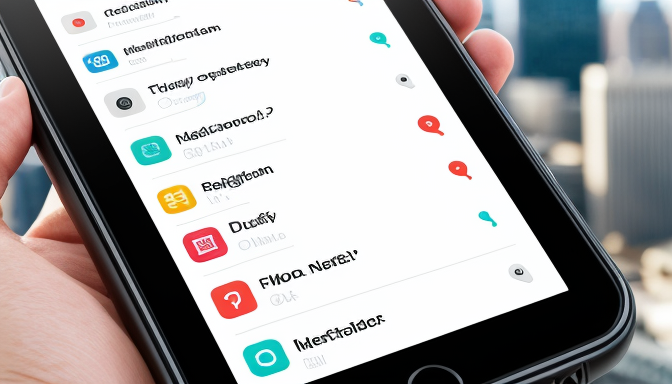
Answer Maps Q&A Promptly
When it comes to Maps Q&A, timing is everything. Imagine walking into a store and seeing a sign that says “Help is just a question away!” but no one is there to assist you. Frustrating, right? This is precisely how customers feel when their inquiries on Maps Q&A go unanswered. Responding promptly not only enhances the user experience but also builds trust. Customers appreciate it when they feel heard and valued.
So, how can you ensure you’re answering Maps Q&A questions quickly? First, set aside specific times each day to check for new questions. Think of it as a daily routine—like brushing your teeth. You wouldn’t skip that, would you? By making it a habit, you’ll ensure that no question goes unanswered for too long. Aim to respond within a few hours, if possible. This shows that you care and are actively engaged.
Another effective strategy is to use notifications. Many platforms allow you to get alerts when new questions come in. This way, you can jump on them right away. Consider it like having a personal assistant who nudges you whenever a customer needs you. This proactive approach can significantly decrease your response time and improve your reputation.
Now, let’s talk about the impact of your responses. When you answer promptly, it’s not just about speed; it’s also about quality. A quick reply that lacks substance can be just as frustrating as no reply at all. So, while you’re racing against the clock, make sure your answers are clear and helpful. Here’s a quick checklist to keep in mind:
- Be concise: Get to the point quickly.
- Be informative: Provide all necessary details.
- Be friendly: Use a warm tone to make customers feel welcome.
In the world of Maps Q&A, every second counts. A prompt response can turn a curious browser into a loyal customer. Think of your replies as a first impression. You want it to be memorable for all the right reasons. If you show that you’re attentive and responsive, your customers will likely return, bringing their friends along.
To summarize, answering Maps Q&A promptly is crucial. It builds trust, enhances user experience, and can lead to increased customer loyalty. Make it a priority to respond quickly, utilize notifications, and ensure your answers are both quick and informative. By doing so, you’ll create a positive interaction that customers will remember.
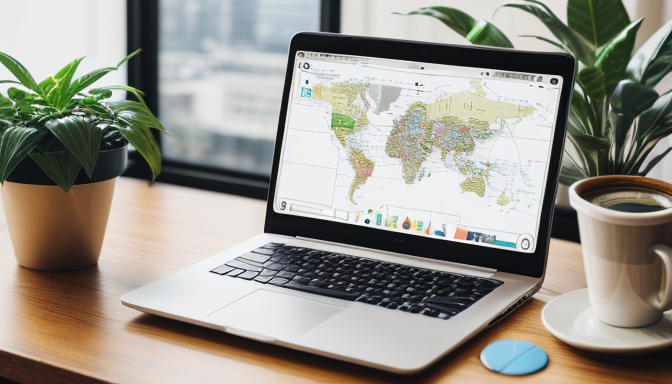
Optimize Maps Q&A Responses
When it comes to optimizing your Maps Q&A responses, clarity is key. Think about it: when someone asks a question, they want a straightforward answer, right? If your response is muddled or confusing, they might just move on. So, how can you make your answers shine? Here are some strategies to consider.
First off, always start with the most important information. Don’t bury the lead! If a customer asks about your business hours, begin with the hours right away. You can follow up with additional details, but the core answer should be front and center. This approach not only helps the user quickly find what they need but also builds trust in your business.
Next, think about the language you use. Keep it simple and relatable. You don’t need to impress with fancy words. Instead, aim for a conversational tone. It’s like chatting with a friend. For example, instead of saying, “Our establishment is operational from 9 AM to 5 PM,” you could say, “We’re open from 9 to 5 every day!” This small change makes a big difference.
Another tip is to use bullet points for lists or multiple pieces of information. If you’re answering a question that involves several details, a quick bullet point list can make the information easier to digest. Here’s how you might format it:
- Open Monday to Friday: 9 AM – 5 PM
- Saturday: 10 AM – 4 PM
- Closed on Sundays
By structuring your responses this way, you create a clean, organized look that’s easy for users to scan. Plus, it shows that you care about their experience. Remember, the goal of optimizing your Maps Q&A responses is to enhance user satisfaction.
Moreover, incorporating relevant keywords naturally into your answers can improve visibility. If someone searches for “best pizza in town,” and your response includes that phrase, you’re more likely to catch their attention. However, be careful not to stuff keywords in awkwardly. It should flow naturally, like a conversation.
Lastly, don’t forget to update your responses regularly. Maybe your business hours change or you introduce a new service. Keeping your answers current not only helps potential customers but also shows that you’re active and engaged. This is all part of optimizing your Maps Q&A responses for the best possible user experience.
In summary, the way you respond to questions on Maps Q&A can significantly impact customer satisfaction and engagement. By focusing on clarity, simplicity, and relevance, you can turn casual inquiries into lasting connections. So, take a moment to review your current responses. Are they as optimized as they could be?
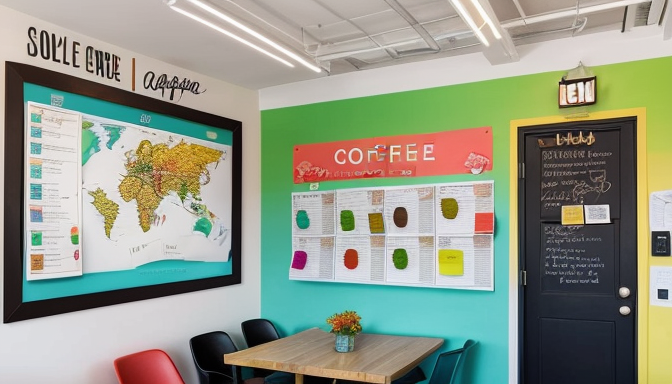
Encourage Maps Q&A Interaction
Engaging with your audience on Maps Q&A is not just about answering questions; it’s about building a community. When you encourage interaction, you create a space where customers feel valued and heard. Have you ever walked into a store and felt like no one was paying attention? Frustrating, right? The same goes for Maps Q&A. If you want to keep your customers coming back, you need to make them feel like their voices matter.
So, how can you spark that interaction? First, consider your tone. Use a friendly and approachable style in your responses. Think of it as chatting with a friend over coffee. A warm greeting can go a long way. For instance, starting with something like, “Thanks for reaching out! We’re here to help!” sets a positive tone. This makes users more likely to ask questions and engage further.
Another effective strategy is to ask open-ended questions in your replies. Instead of saying, “Let us know if you have more questions,” try something like, “What else can we assist you with today?” This invites users to share more and keeps the conversation flowing. Remember, the goal of Encouraging Maps Q&A Interaction is to create a dialogue, not just a monologue.
Additionally, consider creating a FAQ section on your Maps profile. This can be a great way to anticipate common questions and provide answers upfront. You can even link to this section in your responses. For example:
| Common Questions | Quick Answers |
|---|---|
| What are your hours? | We’re open from 9 AM to 9 PM daily! |
| Do you offer delivery? | Yes, we do! Check our website for options. |
Lastly, don’t forget to follow up. If a user asks a question, and you provide an answer, check back in a few days. You could say, “Just wanted to see if you found what you needed!” This shows you care and keeps the conversation alive.
In summary, to truly , focus on building relationships. Use a friendly tone, ask open-ended questions, anticipate needs with a FAQ, and follow up. When your customers feel connected, they’re more likely to engage and spread the word about your business. Remember, every interaction is an opportunity to strengthen your community!
Frequently Asked Questions
- What is Maps Q&A?Maps Q&A is a feature that allows customers to ask questions about your business directly on your Maps listing. It’s a great way to engage with potential customers and provide them with the information they need!
- Why is it important to respond promptly?Timely responses build trust and enhance user experience. When you reply quickly, it shows that you value customer inquiries and are eager to assist, which can lead to increased customer satisfaction and loyalty.
- How can I optimize my responses?To optimize your responses, be clear and concise. Use bullet points for easy reading, provide relevant information, and address the specific question asked. This helps users find the information they need without sifting through unnecessary details!
- What are some ways to encourage interaction?Encourage interaction by asking open-ended questions in your responses, inviting users to share their experiences, and reminding them that their questions are welcome. This creates a lively and engaging community around your business!
- How can I monitor engagement on Maps Q&A?Regularly check your Maps Q&A section for new questions and comments. You can also track engagement metrics through your business dashboard to see how well your responses are resonating with customers.

